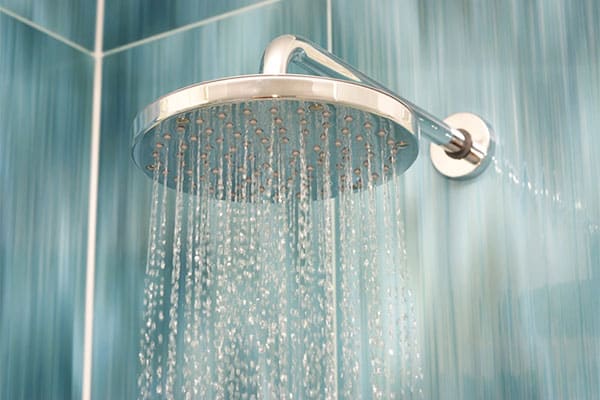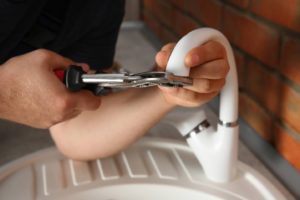You have probably called a plumber for clogged pipes and drains. But what happens when you have an issue with the amount of water that flows through your taps and pipes?
The appropriate water pressure in your home can satisfy how you clean and shower. However, low water pressure may frustrate you, and it could be worse if you are unaware of the source of the problem. Read on to find five of the possible causes of low water pressure in your home and who you should contact to help with the problem.
1. Problems with Your Hot Water Heater
Your water heater can affect the overall water pressure in your home. For example, in the case of a shutoff water valve or one that is only slightly open, you may experience low pressure in the taps that open from the water heater.
Water heaters can also generate a lot of pressure if the regulating valves fail which can become dangerous. Therefore, you should contact a plumbing professional to replace the failed parts to avoid accidents.
2. Corroded or Clogged Water Pipes
Low water pressure in your home could result from clogged and corroded water pipes. In this situation, a clog will force the water to concentrate on a specific pipeline area, which reduces the amount of water that flows through the outlets. If left unattended, these clogs may burst the water pipes, especially if the clog is substantial.
Additionally, you may find corroded pipes in your home, especially if you installed them years ago. If you experience discolored water or weird taste, it could result from corroded pipes.
Corroded and clogged pipes could lead to bigger plumbing problems. For this reason, contact a plumbing company for assessment and repairs.
3. Issues with the Pressure-Reducing Valve
Water pressure regulators help to control water flow. If your regulator malfunctions or wears out, the water pressure can spike upwards or reduce significantly.
You are more likely to notice when the water pressure regulator is faulty because the valve failure happens suddenly rather than gradually. Once you notice a fault with the regulator, contact a professional plumber to replace it to regularize your water pressure.
4. Possible Leaks
Pipes that leak in your home may undermine the overall water flow and create low-pressure issues. While American families use an average of 300 gallons of water a day at home, this amount may increase due to pipe leaks.
If you experience low water pressure, check behind countertops and underneath cabinets for possible leaks. You can also check around your home appliances, such as washing machines, dishwashers, sinks, bathtubs, and showers. Finally, don’t forget to check your ceilings or walls for water stains, which are indicators of a water leak.
5. Faulty Fixtures
If you experience low pressure in your home, you might have faulty fixtures. For example, the aerator on a faucet fixture reduces the volume of water from your faucet without water pressure alterations. However, the aerator can lose its efficiency over time if clogged with dirt or rust.
If you notice your fixtures are faulty, you can remove them and clean them where necessary. Also, you can contact plumbing services if the aerator needs repairs to correct water pressure issues in your house.
Consult a Professional
When it comes to plumbing, you want to avoid worse problems that can happen if you fix some problems yourself. For this reason, contact Arnold & Sons Plumbing, Sewer & Drain Services to offer professional solutions for your plumbing problems. We provide quality plumbing services for small and big plumbing issues that may affect your comfort. So reach out to us, and we will schedule services as soon as possible.










